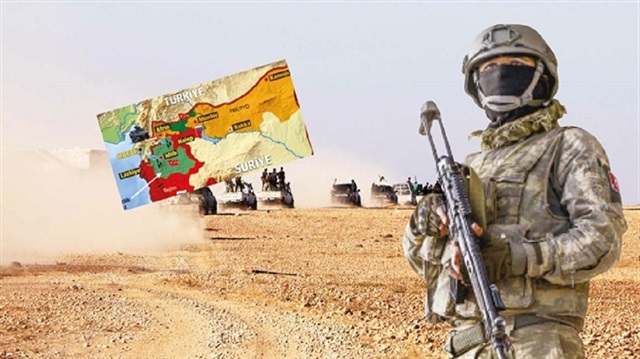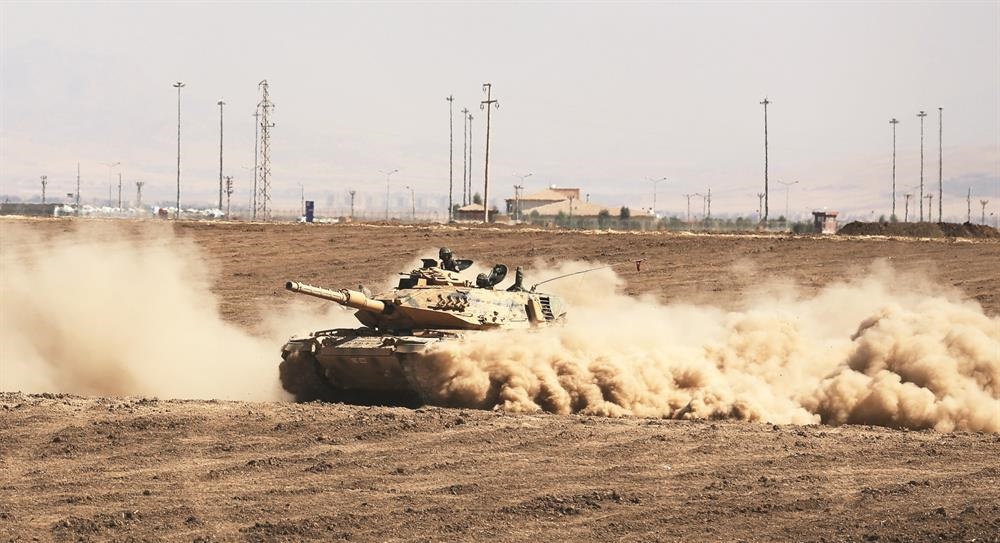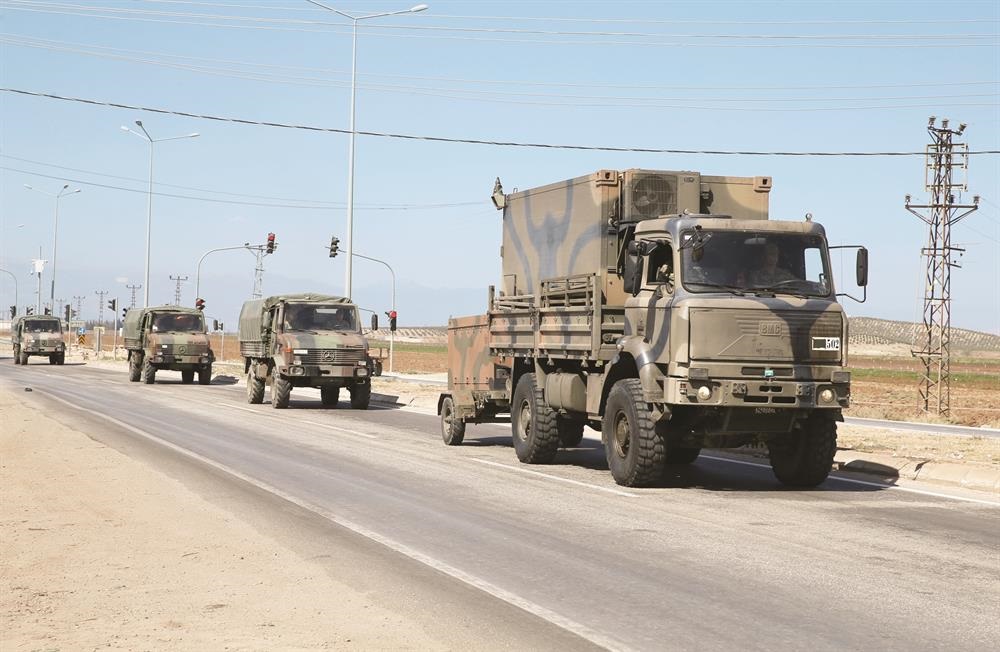
The plan for the operation was the fruit of almost a month’s intelligence work by members of Turkey’s National Security Organization (MİT) and Special Forces crews
After the Euphrates Shield operation dealt a blow to the U.S.-Israel- backed terror corridor, the Idlib operation will block the road that leads to the Mediterranean.
As part of the “de-escalation zone” agreement with Russia and Iran in Astana, the Idlib operation has been launched by 800 Free Syrian Army (FSA) fighters, with backing from the Turkish Armed Forces, who crossed in convoys from Hatay’s Reyhanlı across the border.

The plan for the operation was the fruit of almost a month’s intelligence work by members of Turkey’s National Security Organization (MİT) and Special Forces crews.
Special trained soldiers have repeatedly been active inside Idlib and had accompanied opposition groups to the positions where they are going to be deployed.
Members of the Turkish Armed Forces (TAF), armored vehicles, tanks and howitzer artilleries have conducted recon operations in the positions in question.
Turkish army drones have also scouted the region and Kayseri Mountain Commando Brigade units have in recent days been deployed to Reyhanlı.
Upon completing preparations, the operation was launched by advancing units of the Free Syrian Army (FSA).

Close to four million civilians currently reside in Idlib, which represents a “final shelter” for fleeing Syrians who escaped massacres and lost their homes in the six-year-civil war.
Of these four millions are 2.5 million local residents and 1.5 million displaced Syrians who sought refuge in Idlib.
A large number of these refugees sought shelter in camps set up near the Turkish border.
The opposition-held province of Idlib is divided in two, between Free Syrian Army (FSA) and affiliated battalions, which support the operation launched by Turkey in coordination with Russia on the one hand, and on the other is the Hayat Tahrir al-Sham (HTS), which has previously cut its ties to al-Nusra and opposes the operation.
In a threat to groups affiliated with the Turkish-backed FSA, HTS has recently sent a message saying that “In the case that an operation is launched, do not engage in clashes.” It remains to be seen at which positions advancing FSA units will clash with HTS fighters.

In case the HTS, which is regarded as a threat by Russia and is used as a “pretext to intervene” by the U.S., resists against the TAF-FSA alliance, it will be destroyed. Otherwise, the Russia- Assad bombardment, which has been ongoing for a while, will begin again, and innocent civilians in Idlib will be forced to seek refuge in Turkey.
It is for this reason that this operations carries critical importance as TAF-backed FSA forces attempt to remove HTS from the equation in Idlib.
Recently, a large number of opposition groups broke ranks with the HTS in the aftermath of the Astana process. However, there are currently close to 15,000 fighters affiliated with the HTS.
The Idlib operation, which represents “more than just a maneuver” of Turkey in Syria, will allow 4 million civilians in the province adjacent to Aleppo, Syria’s largest city, relief after TAF-backed FSA forces seize control over the region.
The operation will deal the biggest blow to the Israeli-backed terror corridor established by the U.S. on Turkey’s southern border.
The Pentagon aims to unite northern Syria’s so-called cantons, which are under Kurdistan Workers’ Party (PKK) occupation, and provide them with access to the Mediterranean Sea.
Afrin, which is located north of Idlib and east of Hatay, has thus been totally surrounded by the TAF.
The TAF-FSA alliance has thus created a barrier to trap PKK terrorists in Afrin, which is encircled by Euphrates Shield regions from the east, and the Turkish border from the north and west. As a result, any terrorist attempting to leave Afrin will be annihilated.
Upon ensuring the security of Idlib, Afrin will be next in line to be rid of the PKK threat.
Hello, the comments you share on our site are a valuable resource for other users. Please respect other users and different opinions. Do not use rude, offensive, derogatory, or discriminatory language.
The floor is all yours.










